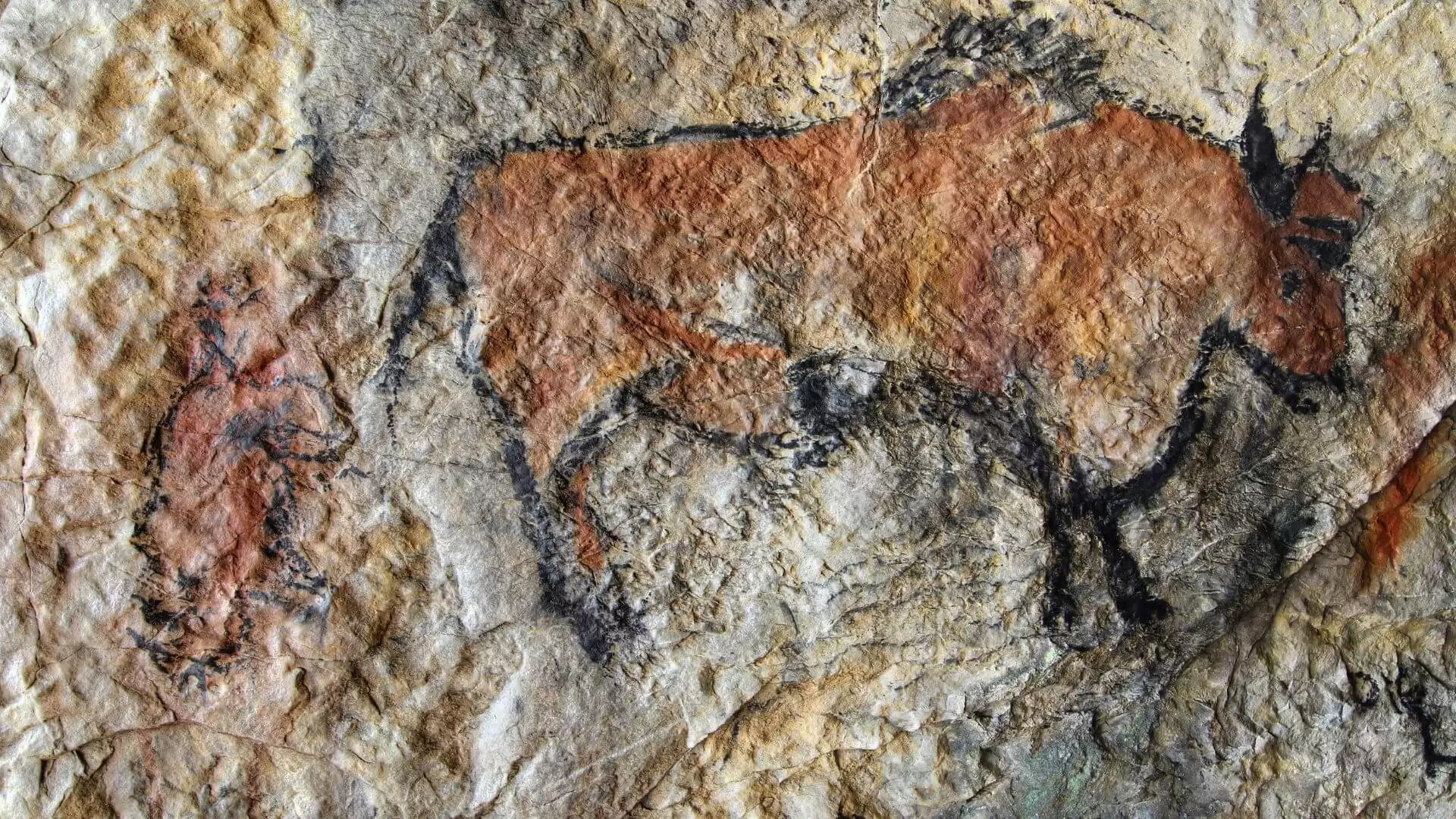The blown hands of different Spanish caves were left by children as young as two years old
25,000 years ago, the human groups that occupied caves throughout southwestern Europe left the silhouettes of their hands imprinted on the rock walls. With what intention they were made is something that is still not clear. Perhaps they were related to initiation ceremonies, perhaps they transmitted some kind of knowledge, nobody knows exactly. But what researchers have now confirmed is that many of these early artists were children, some of them very young, even under the age of two with the help of adults.
Researchers from the International Institute of Prehistoric Research of Cantabria (IIIPC) and the University of Cambridge have scientifically determined the children’s authorship of the blown hands of the Gravettian period that appear very well preserved in the Cantabrian caves of Fuente de Salín, Castillo, and La Garma, as well as in those of Maltravieso, in Extremadura, and Fuente del Truchon, in Huesca. As they conclude in their study, published in the ‘Journal of Archaeological Science’, between 20% and 25% of the hands were made by children up to 12 years old.
The scientists analyzed more than 150 representations of blown hands, probably created with a kind of primitive airbrush made with two bird bones at a 90º angle so that the pigment could be blown out. Most are red, made with ocher or hematite. And some black ones that were made with manganese.
The prehistoric hands were compared with modern samples of 600 individuals with the help of traditional morphometry and statistical techniques so that the researchers were able to recognize and characterize the shape and size of each hand to assign its corresponding age.
Nonverbal language
«From the real hand to the one on the wall there are always a few centimeters of error because the silhouette comes out larger. We calculated that error and when we obtained the data, many more children’s hands came out than we expected, “says Verónica Fernández-Navarro, leader of the study. Surprisingly, most were in the hands of children between the ages of three and ten, but also younger children. “Obviously a two-year-old can’t blow, so he had to get help from an adult. That his mother, his father, or whoever, but that child’s hand there must have some meaning, “she explains.
If the caves were occupied by a maximum of forty people, 25% were children. Many were born, but there was also high infant mortality. For the researcher, the little ones “played an important role in the group and that they participated in the art shows it”. And she gives us an example of a cave in France where there is a hand of a child of about three months. “It is at the bottom of the cave, in a place that is very difficult to access. If they got there with the little one to blow his hand, it would be for something », she indicates.
According to Fernández-Navarro, these findings show that “the entire group collaborated in the artistic activity.” Making these paintings was not something closed, exclusive to male individuals or a specific social spectrum, as was previously thought. “Most of the hands are in visible places and linked to large groups. They could be some kind of cohesive element », she points out.
But what did they mean? Did they have any messages? The researcher is now working with French colleagues in caves in the neighboring country in a project called ‘Mind2Wall’ to try to find out if the hands could constitute some kind of non-verbal language. “In some caves, patterns have been found, some of the hands have missing or bent fingers, and the positions repeat in a specific way. We want to find out if it is a code that they knew how to interpret, in the same way, that we today interpret a ‘stop’ sign. And there are variations between territories and between caves », she says.

